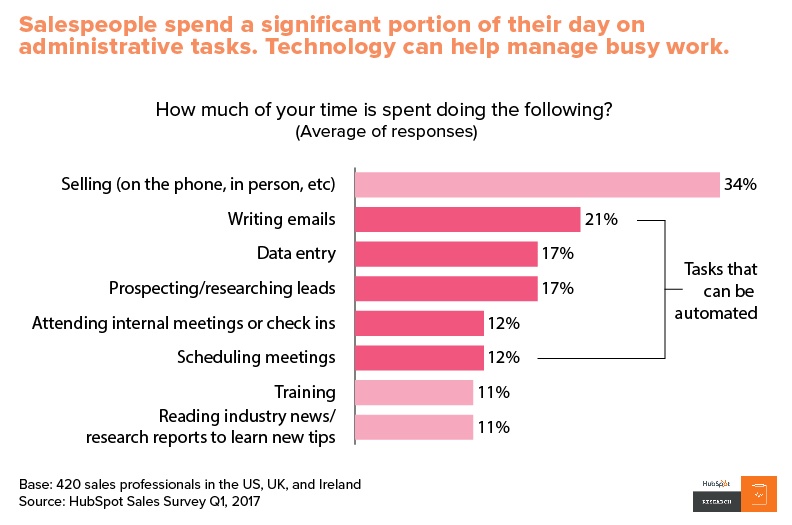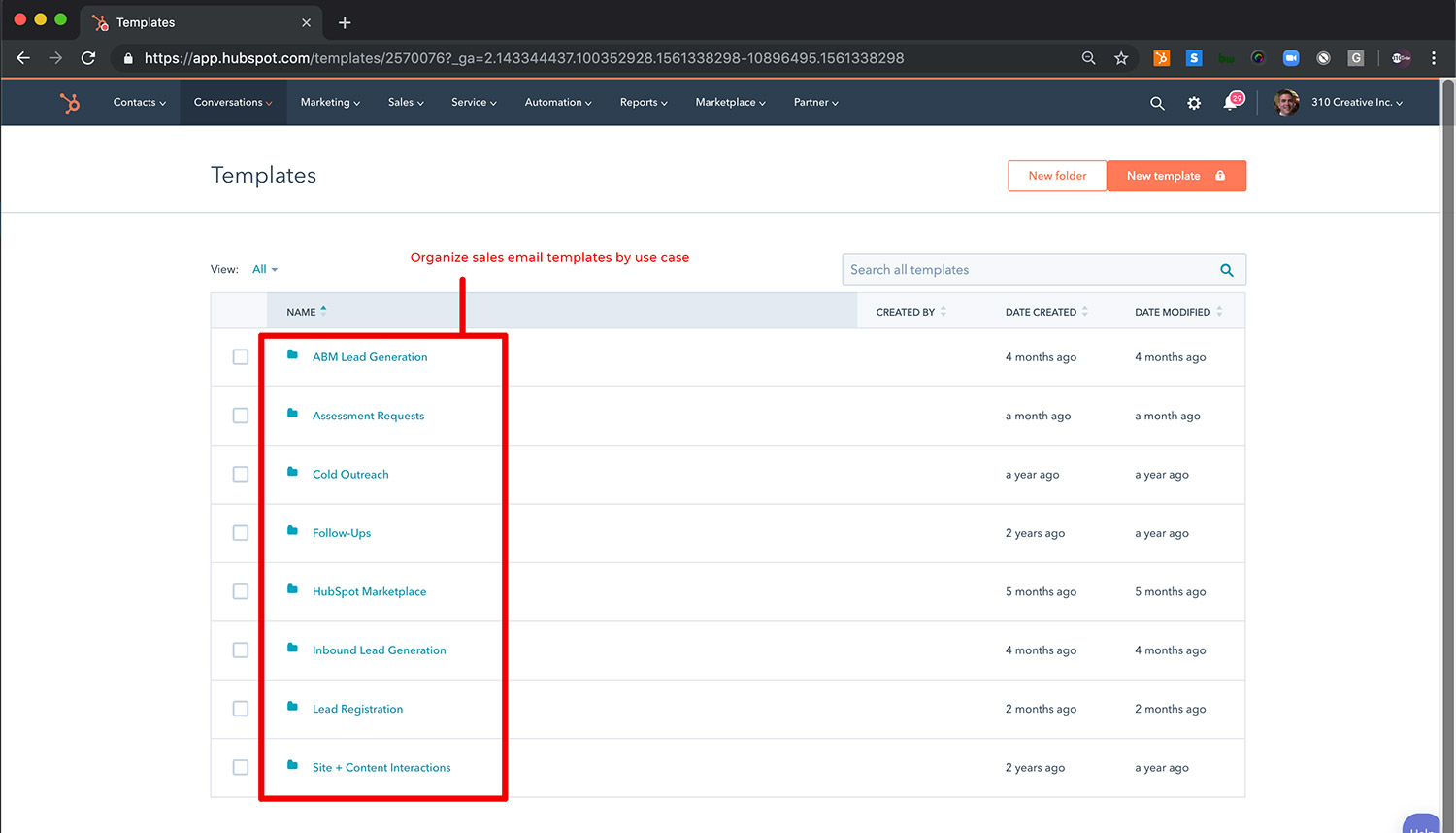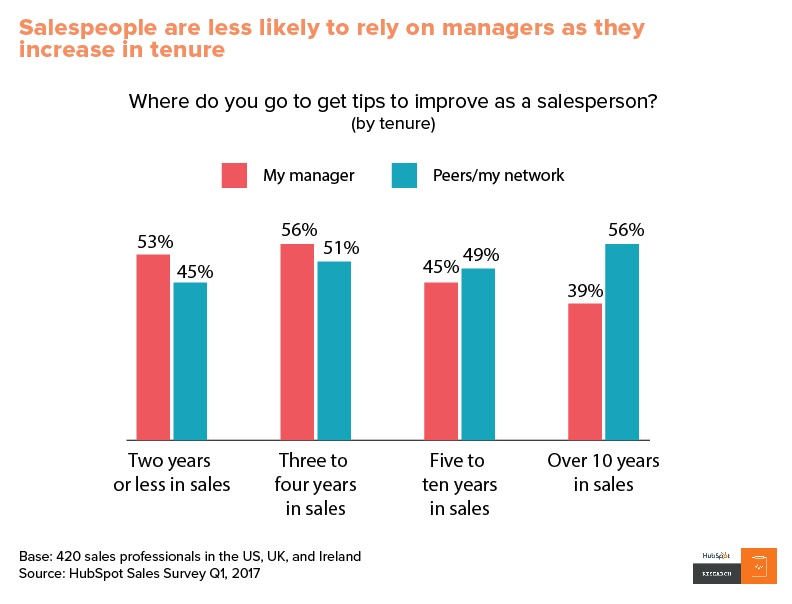Standardize Your HubSpot Pipeline as Hubspot SDR
Failure to properly scale your sales HubSpot pipeline will cause confusion and major problems within your sales team.
Without a proper sales process and proper sales management, your business is likely losing thousands of dollars on a regular basis. In this article, we are going to give you concrete ideas on how to best implement these in HubSpot using the Hubspot pipeline.
Sales development rep (SDR) leaders often have a difficult time forecasting whether or not they can hit their sales goals. Without knowing if they can reach their sales goals with their current teams it makes it difficult for Hubspot SDR to ask to hire more reps when necessary. It also makes it difficult to figure out where everyone is in the process and how to better help SDRs hit their broader inbound sales strategy to improve the efficiency of your sales funnel.
From sales training to pipeline stages and information check, we have you covered with Hubspot CRM.
Understanding a Sales Pipeline
Before you start implementing changes, you need to have a clear understanding of what a sales pipeline is and how it can help you. The HubShots Podcast is another way to gain insight. Failing to see the benefits of a sales pipeline means you are unlikely to ever implement it. You are even less likely to implement it if you don’t understand how to get started so here is the information you need.
As SDR Hubspot, a sales pipeline gives you the ability to look into the sales process and see where your prospects are in their purchasing process. If you don’t have this pipeline in place, your guess is as good as mine as to where they are and what they are thinking in terms of purchasing. Knowing where a potential customer is in the pipeline will allow you to customize your conversations in order to get the best results when offering promotions, discounts, cross-sells, up-sells, or down-sells.
Pipelines help you see where your sales reps are with their goals and if they are on track to hit their quota. Hubspot is a good fit for any company, allowing you to look at all of the members of the sales team and see if the team’s goals are on track as well. When you know where each of your sales reps is with their goals, you can help each of them as needed.
Being able to forecast and quantify deals and dollars for a certain period will allow you to be more effective in your job. Your sales pipeline requires standardization in the sales process. If everyone has their own style and does their own sales process, you can never be sure about sales. Your sales process and deal stages need to be proven and successful in order to get everyone on board and to see the results you want with access to vital communications at any time.
Browse The Center for Sales Strategy today to get a comprehensive assessment of your sales team.
There are two important parts to your sales process and they are:
1. Sales Scripts
Having sales scripts should be considered more of a template vs. a script they spit out verbatim. These scripts will help remind reps about important parts of the conversation and keep them on track throughout the sales call. HubSpot offers free samples of very high converting sales email templates that you can get for free and quickly begin testing their effectiveness within your sales pipeline.
You don’t want your reps to feel like their personalities are taken out of the equation, but they need to communicate the main points throughout the call.
Leveraging these persona-driven sales templates in HubSpot sequences can drastically reduce your manual touchpoints, potentially reducing your sales cycles. The video below further outlines how you can use sales email templates and automated sales sequences both go together like peanut butter and jelly.
Many salespersons forget that their goal is to connect with potential clients and find out their needs and instead talk about product features. Having a script that helps them through the conversation to unearth opportunities is a great way to keep them on track. HubSpot
2. Sales Metrics Available to the Team
Having metrics that are available to the team will allow them to operate effectively and ensure they get the results they want. You don’t want your team to fly blind in their sales efforts.
Point out the Benefits to Your SDRs
If your SDRs don’t understand the benefits of using these processes, you are likely to experience some backlash. Salespeople are often the independent type with a disdain for being told what to do. Instead of telling them, they need to follow the sales process, it is important to display the benefits such as:
- Increased Efficiency
- Honing Skills Through Repetition
- No Creativity Required
- Expert Guidance
- Closing More Deals
- Point out the Benefits to Your SDR Leaders
Even leaders don’t have the best vision at times. If you can’t get your leaders on track with the process, you’re going to have an even more difficult time.
Showcase benefits such as:
- Ability to Hold Reps Accountable
- Easier to Manage Sales Pipeline
- Easier to Forecast Numbers
- See Where Reps are Getting Stuck
These benefits are often enough to get SDR leaders on board so they can communicate the importance to their SDRs. When you have a very specific sales pipeline, it is easier for you to perform the tasks of your position without guesswork. At One Day One Job, you can start your career the right way, becoming the best salesman you can be.
Putting It All Together
After you’ve created your pipeline from finding your prospects, determining their potential, and finding decision-makers, the management is what is going to bring in the revenue. Check out the Collaborative Growth Network for more tips and tricks.
1. Following up is highly essential for closing business. If you fail to follow up, your revenue will show it and when you look at your sales pipeline, it will show where the failure is taking place.
2. Measuring your results shouldn’t be optional. When you measure your results, you give yourself important information you can use in the next step. Hubspot uses the information to create a detailed analysis on how to improve your site.
3. Analyze your results to see where there is an opportunity for growth. You can look at areas where you didn’t win but you can also look at areas where your teams are performing well so you can congratulate and repeat these good practices.
Look at what actions were taken when sales were lost and stay away from those. Look at the actions that won sales and see how you can encourage more of these actions.
Key Takeaways
Now that you understand the importance of your sales process and sales pipeline management, you can continue to help your company increase its revenue. Increased revenue equates to increased profits if you are increasing your conversion rates. Optimizing your sales process and sales management is an important part of running your business since a business can’t survive without sales.




